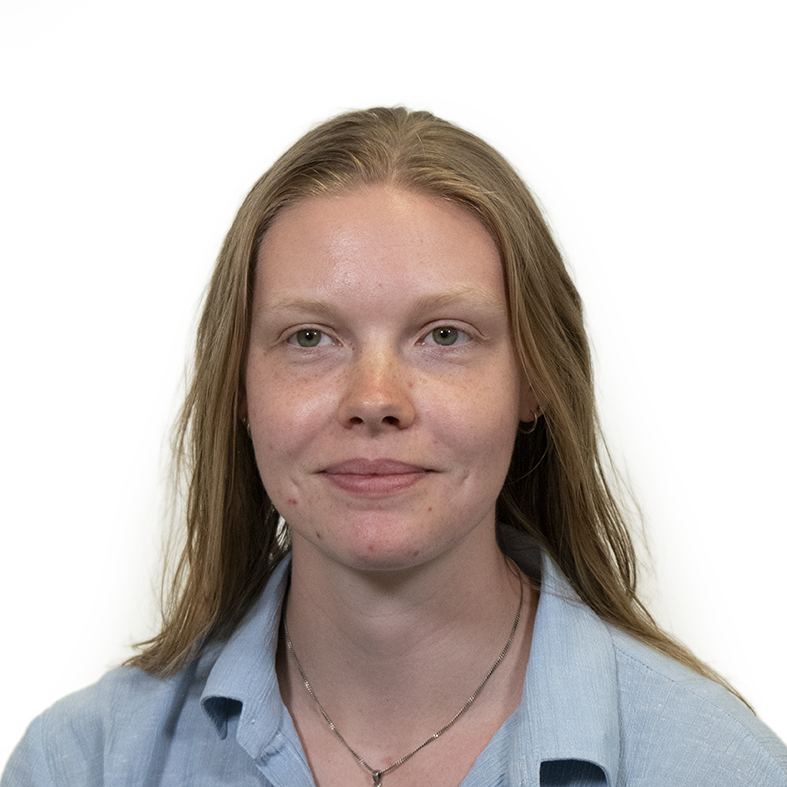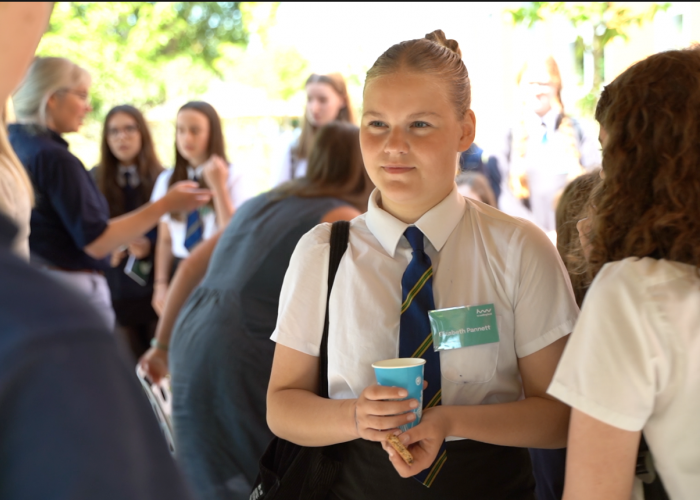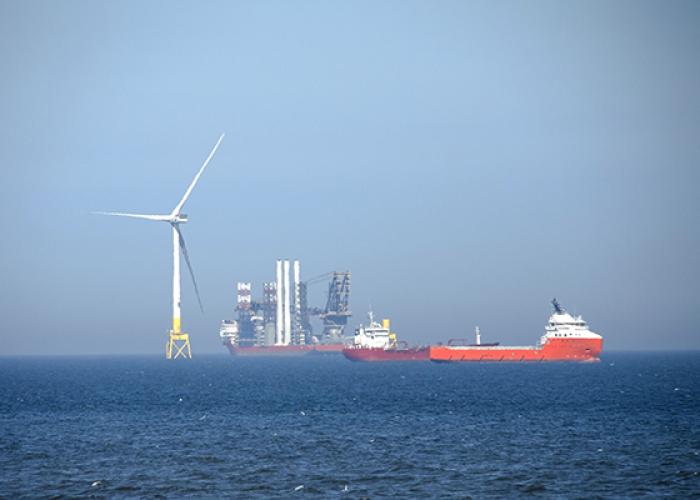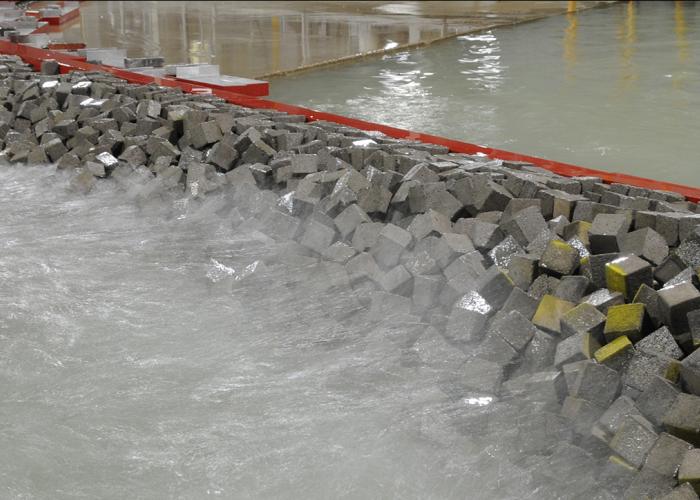Lauren Glendewar
Lauren re-joined us in 2024 as a Graduate Engineer in our Engineering team, following the successful completion of her Civil Engineering degree. Her journey with us began during her industrial placement year.
What made you want to pursue a career in engineering?
I really enjoyed design and technology as a subject at school, but I found that the design aspect lacked the analytical approach I was familiar with physics. Additionally, crunching numbers in physics was fine, but never extended further to create solutions to the problems we were working on. For me, engineering is the middle ground, solving problems with technical reasoning.
What made you want to join HR Wallingford?
The main things that stood out to me about HR Wallingford was it's commitment to sustainability in its practice, and the focus on projects which have real life impact. Additionally, physical modelling is a niche area of work, and there are few companies which do it as part of their consultancy work. Having completed my placement year, one of the main reasons that I came back (aside from enjoying my job!) was because of our colleagues. Everyone is knowledgeable and friendly, and I learn so much from them.
What is your area of focus?
I work within the physical modelling team, testing scale models of different coastal structures. This can include breakwaters, sea walls, harbours, or any other structure where the land meets the sea. During testing, we can look at the stability of the structure, how much overtopping there is, or how the waves transform in the structure's environment.
What do you enjoy about your job?
One of the best parts of my job, which I think is rare in the civil engineering sector, is the mix of office and 'hands on' work. Preparing model designs, and then building and testing them is very satisfying, and being involved with both aspects of the job keeps me engaged and motivated.
Are there any specific projects you are really excited by or have found really challenging?
The projects I most enjoy working on are those that involve an element of trial and error. Often, we are provided with a final structure to validate the performance of, but occasionally our physical models lead the design process, which means you can see in real time how changes to the model relates to the structure's stability and wave environment.
What do you hope to achieve in your role?
My personal interests lie with sustainability within the construction industry, so in this role I would love to run models which incorporate nature-based solutions or reclaimed materials.
Do you have any advice to people who may want to pursue a career in STEM?
Get as much experience as you can, even just to rule out anything you don't want to do!
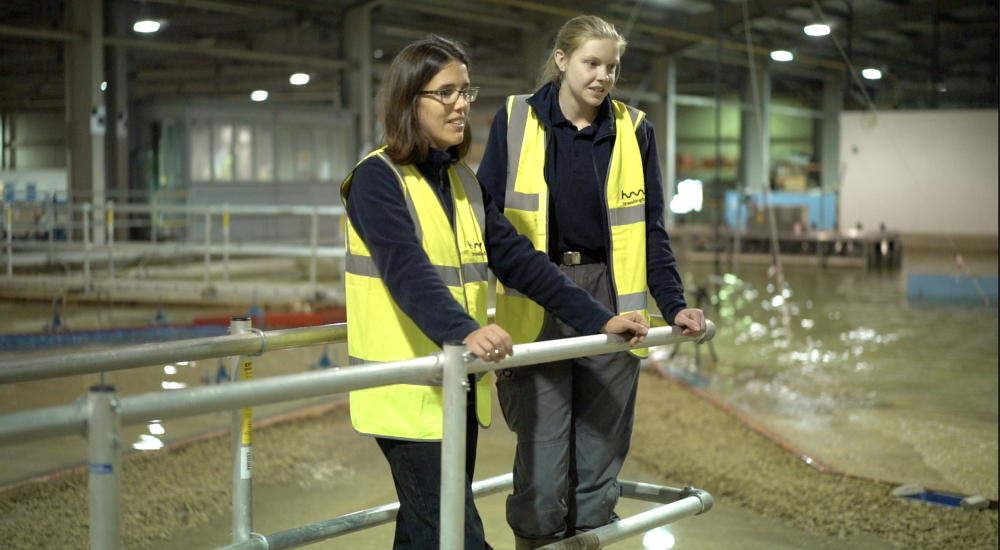
Want to know more?
